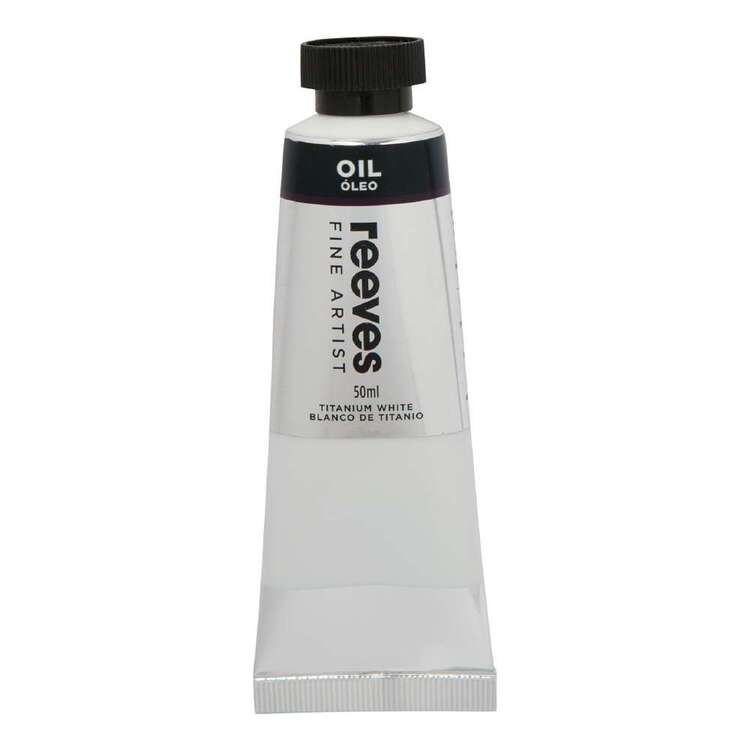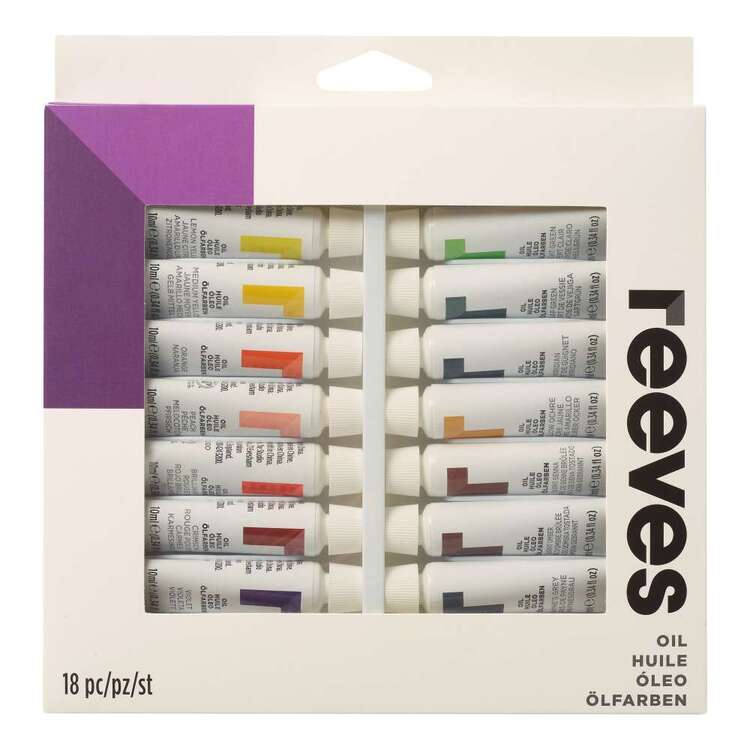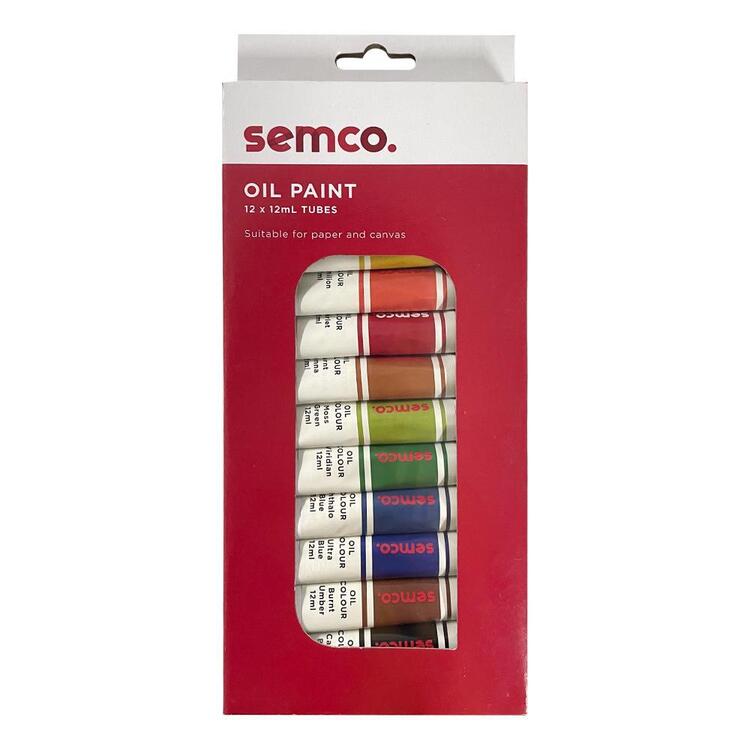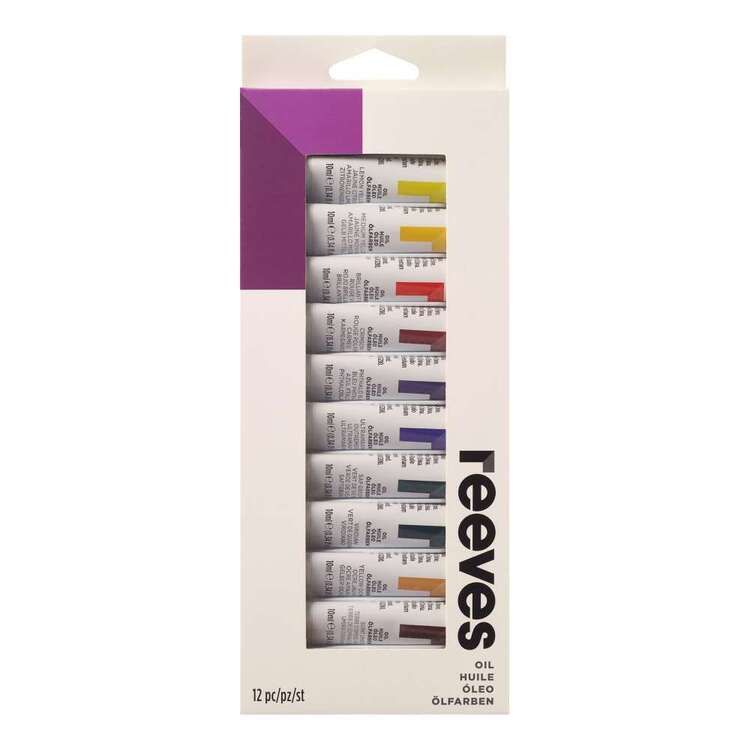 | ||
| Your browser is not supported. | ||
|
Please browse our site using any of the following options:
| ||
Oil Paints
At Spotlight, we stock oil paints in individual tubes in a variety of colours, as well as in sets of different sizes. Browse online or in-store today!
4 items found.
Spotlight's Oil Painting Tips for Beginners
Beginners looking to get their art supplies for oil painting at Spotlight can also count on some useful tips. Below, we have created our overview of painting tips for beginners just starting out with oil painting. So, if you could use some additional information before you start, be sure to read on.
What Size Canvas Should I Get for My First Project?
When you just start out with oil painting, there is little use in obtaining the biggest canvas available right away. Instead, it is usually better to start with a smaller canvas, since making mistakes is not uncommon when you are a beginner. Once you become a little more proficient, you could invest in some of the bigger canvas options available.
Which Brushes Should I Get for Oil Painting?
Before you start on your oil painting, you will need the right brushes. Fortunately, there is an easy way to tell apart a good brush from a bad brush.
When you have obtained some brushes for your oil painting, you can test your brush first. After applying a little bit of paint, check to see if your paintbrush retains its shape and if it bounces back after the first paint stroke. If not, you might want to switch your brush brand!
Before you choose your brushes, it is also important to know that there are two types of brushes generally used for oil paintings, more specifically the bristle hair brush and the sable hair brush. The bristle brushes tend to be a little larger, so these are commonly used to paint larger areas. However, if you plan on including some detail, you will need the sable brush too.
The length of the brush handle is also important, even though some artists ignore this fact. The handle of the brush can balance your brush, preventing liquid spills down the handle and providing an uninterrupted flow - this is certainly necessary, since oil paint is one of those paints that does not really flow.
Do I Need to Prime My Painting Surface?
When you use oil paints, you will need to prime your painting surface. It does not matter if you paint on canvas, wood, or paper, because your surface should always be primed before you apply the paint.
At Spotlight, artists can apply special mediums to prime their surface. When you use the medium onto the surface, the medium will prevent oil from seeping into the surface, but also protect the surface against some of the acids commonly found in oil paints.
Is There Anything I Should Know About Oil Paint Colour Mixing?
Artists who work with oil paints for the first time should realise that the base colours are not as pure as they would think. When you choose primary colours, you will often find they are either warm (yellow) or cold (blue). So, before you mix your colours, be sure to check which category the colour falls into before you mix.
Should I Make a Sketch Before I Start My Oil Painting?
For some beginners, it can help to make an oil sketch before creating the oil painting. Most artists experienced with oil paintings will use a mixture of turpentine and their preferred colour. However, if you do not like the smell of turpentine, there are some alternatives available.
Once your sketch has dried, you can start adding the paint you want. However, you could also use some tricks to lay out the values of the painting before you start adding paint - this could include using some burnt sienna for value composition. Don't be afraid to experiment a little to see what suits you best.

















